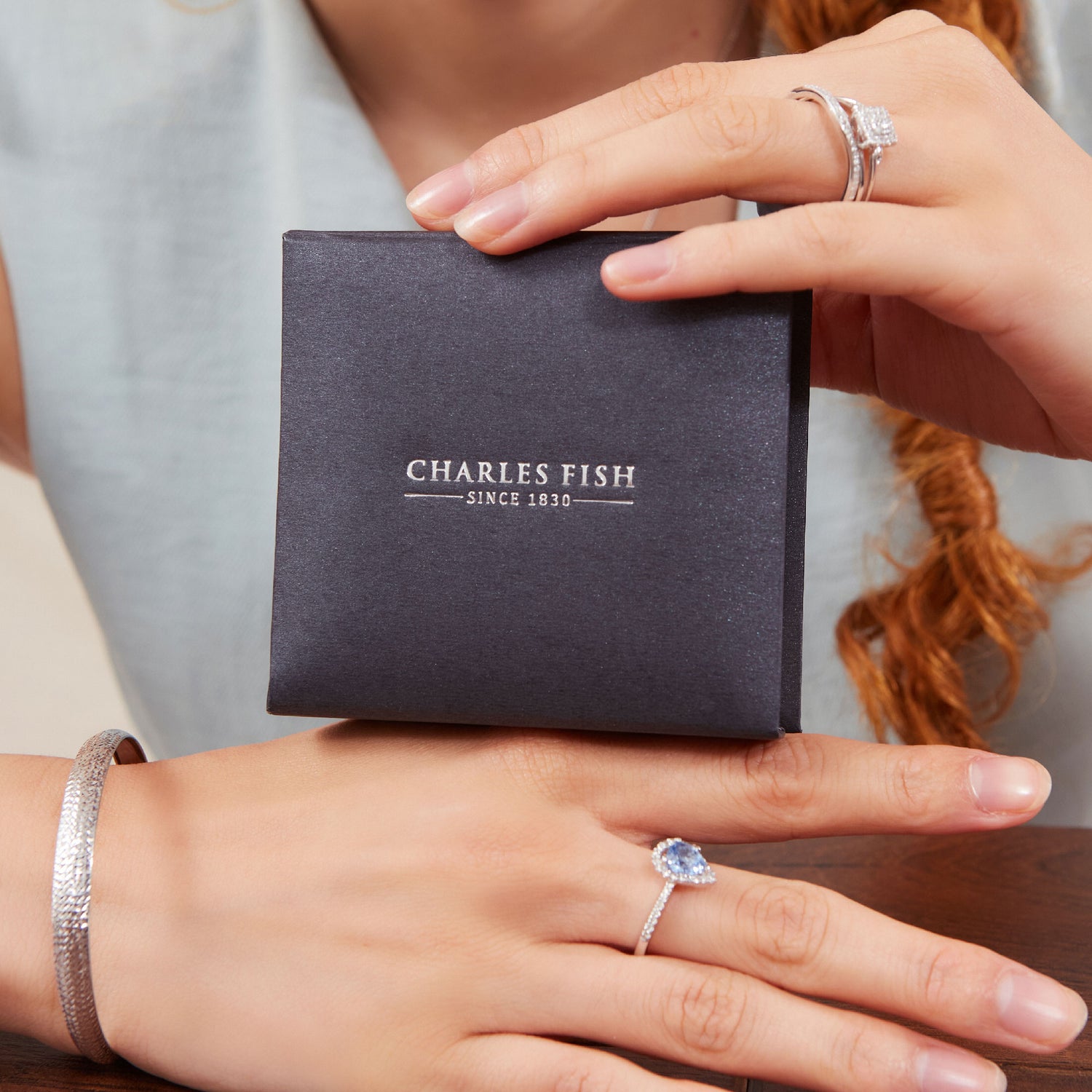Understanding Watch Terminology
Whether you are looking to buy your first luxury timepiece or are adding to your existing collection, it is always a good idea to at least understand the language. We can appreciate that the world of luxury timepieces is a hard one to get your head around, there are so many confusing and specific terms used combined with a wide variety of options/ technology. We’ve put together some of the most popular phrases used in the world of luxury watches to help you get a better understanding of the whole picture and get the most value out of your next luxury watch purchase.
Accuracy – The measure of how well the watch keeps time. This is typically shown with +/- seconds a day.
Aperture – the small cut-out window on a dial that shows the date or moon phase.
Automatic movement – A mechanical watch that is charged by spinning a rotor propelled by the motion of your arm.
Bezel – this surrounds the watch crystal and is typically made of metal or ceramic
Calibre – another word for movement. People generally use the word calibre followed by the movement model number.
Case – this is the largest part of the watch and that which contains the movement and the dial. It varies from 23mm to 50mm in diameter.
Chronograph – essentially like a stopwatch. Also known as a Chrono for short. A chronograph usually features additional sub dials and pushers on the side.
Chronometer - A watch movement that has been certified for accuracy by Contrôle Officiel Suisse des Chronomètres (COSC). During a 15-day testing period, COSC tests for accuracy under a variety of conditions. An officially certified chronometer is accurate to -4/+6 seconds a day.
Complications – any feature of a watch that goes beyond telling the time, such as an alarm or perpetual calendar. Some of the most common complications include a day-date or chronograph. A Grand Complication is the name given to a timepiece that contains several different complications.
Crown – the knob on the side of the watch that’s used to wind it or change the date.
Crystal – the domed transparent cover that protects the watch dial. It can be made from minerals, acrylic, or sapphire crystal.
Dial – this is the face of the watch and the place that displays the time and any other readings.
Exhibition case back – this allows you to watch the movement at work via the back of the watch.
GMT – A watch that displays a dual time zone.
Hands – these are used to tell the time. Most watches have three different hands, indicating hours, minutes, and seconds.
Helium release valve – you’ll find this on dive watches. It’s designed to release any trapped gas that might build up during long dives at over 75 metres.
Hour marker – these mark out the hours and sometimes glow in the dark, offering luminosity in low-light conditions.
Jewel – the mechanism may contain small sapphires or rubies that serve as bearings for the gears, reducing friction.
Lugs – these connect the watch case to the bracelet. Sometimes they’re known as watch horns.
Movement – the internal mechanism made up of different parts that power the watch. Essentially like the watch’s engine.
Quartz- These are essentially battery-operated watches. They are typically cheaper and more accurate than mechanical watches.
Skeleton dial – this allows you to see the movement via the front of the watch.
Tourbillon – a rotating cage that contains parts of a watch’s movement and protects it from the effects of gravity.
With some luxury timepieces appreciating in value, there is no better time to get into the world of fine watches. Buying pre-owned is often a good option to get into investment pieces as the waiting lists on brand new pieces can be several years. We’ve put together a short article on investment watches.
We have also prepared a number of articles around the topic of watch buying, to read part one of our luxury watch buying guide please click here.
Pre-owned watches at Charles Fish
If you would like to browse our collection of stunning pre-owned watches, please see here.
To help you with the process, on every product page you’ll find a breakdown of each watch’s features, including the condition, movement and whether they come with a box and the relevant papers. We do also offer flexible finance options to help you spread the cost, you could pick up a Swiss watch for much less than you might think. We offer free insured delivery on all orders within Europe, so you can enjoy your designer watch at no extra cost.













